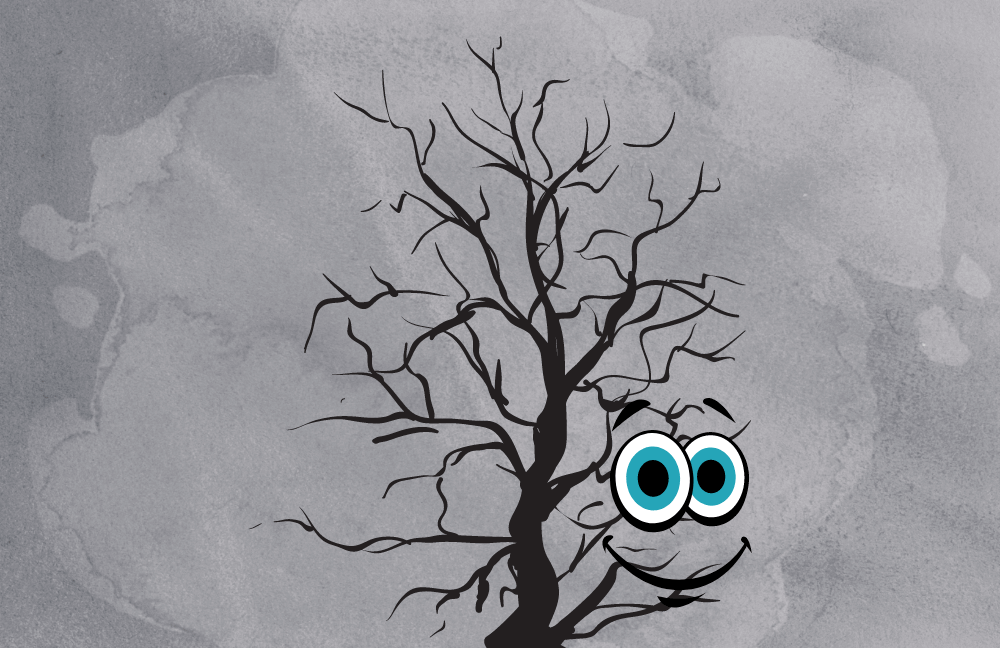Anxiety Disorders
What is an Anxiety Disorder?
Anxiety is an automatic state of alarm to situations, objects, or people that are perceived as threatening. This makes anxiety sound like a normal, or rather healthy emotion. But anxiety disorder (or anxiety neurosis) involves intense, persistent and extreme fear, that is clearly in excess of the threat posed by the anxiety provoking event or stimulus. That’s when it warrants medical attention.
Anxiety could be situational or continuous, mild or nerve wracking, episodic or chronic. Occasionally it also involves sudden and intense feelings of overwhelming fear that appear and reach maximal intensity within minutes (panic attacks). Anxiety impacts basic life functions like eating, sleeping and working; as well as communicating with friends, family or work mates. The self-defeating nature of anxiety is rooted in the fact that people fail to see it as a medical problem and hence refrain from seeking treatment.
Is Anxiety a Serious Problem?
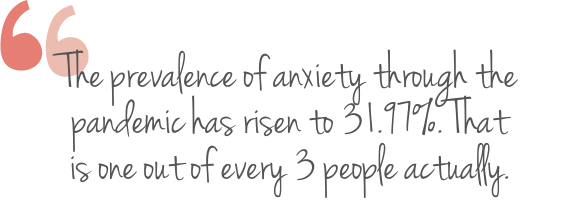
What Causes Anxiety?
There is no single reason to explain why one gets anxious. We think it’s the exam, or interview, or spider, or blood test that’s causing us to feel restless. But the reality is deeper rooted. Evidence and research over the years explain a combination of genetic, biological, psychological and environmental variables.
High risk factors include a history of anxiety in the family, significant traumatic life events, acute or long-standing physical illness, or some specific medicines that interfere with the brain chemical activity. Also, your coping style, psychological defenses you use, the support system you build around you and the way you react to life events, all affect the way these events are perceived by your brain; and subsequently appraised as positive or negative. Negative events will always arouse some apprehension and restlessness. But if you are able to see the fear as baseless, you are prepared to fight the anxiety.
Signs and Symptoms of Anxiety
Emotional Signs of Anxiety
- Fear, apprehension, severe distress
- Crying episodes, feeling powerless
- Weakness, insecurity, helplessness
- Feeling out of control of everything
- Hopelessness, despair, moodiness
- Catastrophic and extreme thinking
- Panic state or uncontainable terror
Physical Signs of Anxiety
- Increased heart rate, palpitations
- Breathing fast (hyperventilation)
- Trembling, shakiness, jitteriness
- Sweating on the palms and feet
- Diarrhea, constipation, urination
- Feeling weak, fatigued and tired
- Difficulty falling or staying asleep
Cognitive Signs of Anxiety
- Trouble concentrating on tasks
- Confusion and a weak memory
- Obsessing a lot over the worry
- Anticipating the worst outcome
- The mind going blank or empty
- Irrational and illogical thinking
- Feeling as if you are going crazy
Behavioral Signs of Anxiety
- Restlessness, jitteriness, agitation
- Inability to sit still or be composed
- Social withdrawal, getting isolated
- Slacking at home, work, or school
- Irritability; frustrated all the time
- Getting startled by anything at all
- Excessive drug and alcohol use
Anxiety disorders come in many faces. A persistent looming fear that makes one feel apprehensive and jittery at all times is called generalized anxiety disorder. Sometimes the anxiety is limited to specific situations and constitutes specific phobia. For example, fear of heights (acrophobia), closed spaces (claustrophobia), spiders (arachnophobia), blood and injection phobia or people (social phobia) to name a few. OCD or obsessive-compulsive disorder involves anxiety secondary to unwanted and intrusive thoughts that are out of one’s control and compel the performance of ritualistic actions or mental tasks that are time consuming, and daunting. Anxiety is always distressing.
Treatment of Anxiety
The first most important step in managing anxiety is making the right diagnosis. It is always important to rule out any other physical or psychological variable that simulates anxiety but may have a different line of management. For example, a high thyroid level or a cardiac illness. Psychotherapy with or without anti-anxiety medication, as well as social and family intervention are the best solution.
Psychotherapy focuses on changing negative views of yourself, others, and the world at large. Cognitive techniques include CBT (Cognitive Behavioral Therapy), REBT (Rational Emotive Behavior Therapy), ACT (Acceptance and Commitment Therapy), Humanistic techniques like EFT (Emotion focused Therapy) and mindfulness, to name a few. All of these work on dysfunctional thoughts, emotions and behaviors that contribute to unrealistic apprehension. Behavior therapy techniques like systematic desensitization, relaxation training, deep breathing, exposure and response prevention, interoceptive exposure can all be used to customize the treatment plan based on need.
Here are some ways in which therapy; particularly cognitive behavior therapy (CBT) and its subtypes, help you cope with anxiety and prevent it from recurring.
CBT Goals
- Reduce emotional hyper-reactivity
- Identify irrational worrisome thoughts
- Defy distorted, anxious perceptions
- Replace these with positive beliefs
- Analyze the causes of catastrophe
- Transform inability to powerfulness
- Fight worthlessness, build self esteem
- Inculcate rational problem solving
CBT Outcomes
- Better adaptation to crisis situations
- Enhanced tolerance to frustration
- Greater resilience and stress coping
- Improved interpersonal relationships
- Optimized communication skills
- Reclaimed self-confidence/ esteem
- Realistic emotional and life goals
- Awareness of negative automatisms
How Dr Shefali Can Help You Fight Anxiety
Anxiety management requires empathic listening, unconditional acceptance, and respect for how you feel. With that grounding, we first have a detailed discussion with you (as well as your family or loved ones if you permit) and then chalk out a treatment plan that embraces your goals, preferences and pace of self-work. As a psychiatrist and psychotherapist practicing distinctive therapies, Dr Shefali guides you through cognitive, mindfulness and neurobehavioral milestones to help you think, feel and behave more purposefully.
Changing long standing thought processes, emotional reactivity and behavior patterns is not easy. With ongoing communication, hand holding support, cognitive challenge techniques, mindfulness training and continuous daily guidance and self-monitoring, the speed of self-healing increases manifold. And you get empowered to deal with ongoing stressors. How you feel matters. Let’s do something about it.
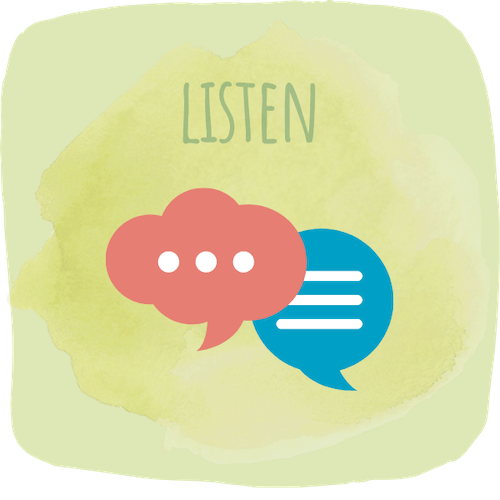

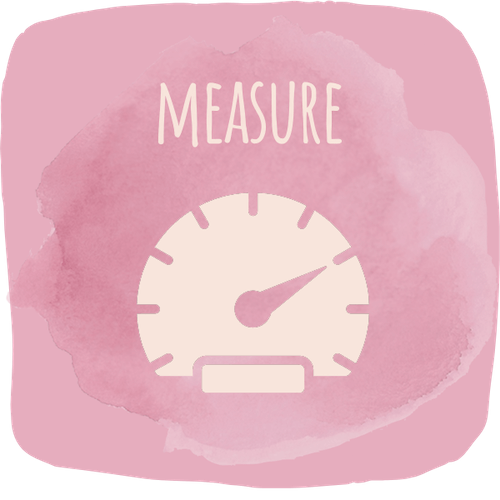

References
- Chand, S. P., Marwaha, R., (2020) Anxiety. StatPearls, Treasure Island (FL): StatPearls Publishing.
- Salari, N., Hosseinian-Far, A., et al., (2020). Prevalence of stress, anxiety, depression among the general population during the COVID-19 pandemic: a systematic review and meta-analysis. Globalization and health, 16(1), 57.
- GBD Disease and Injury Incidence and Prevalence Collaborators. (2018). Global, regional, and national incidence, prevalence, and years lived with disability for 354 diseases and injuries for 195 countries and territories, 1990–2017: a systematic analysis for the Global Burden of Disease Study. The Lancet.
Latest Posts
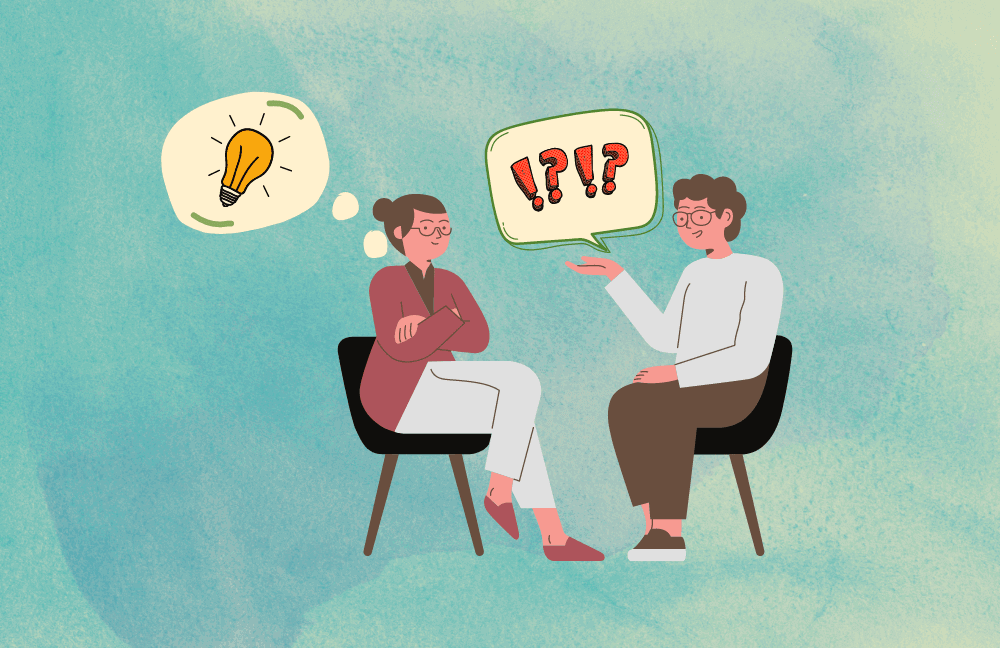
7 Reasons Why You Should Seek Therapy

7 Questions About Workplace Stress Answered
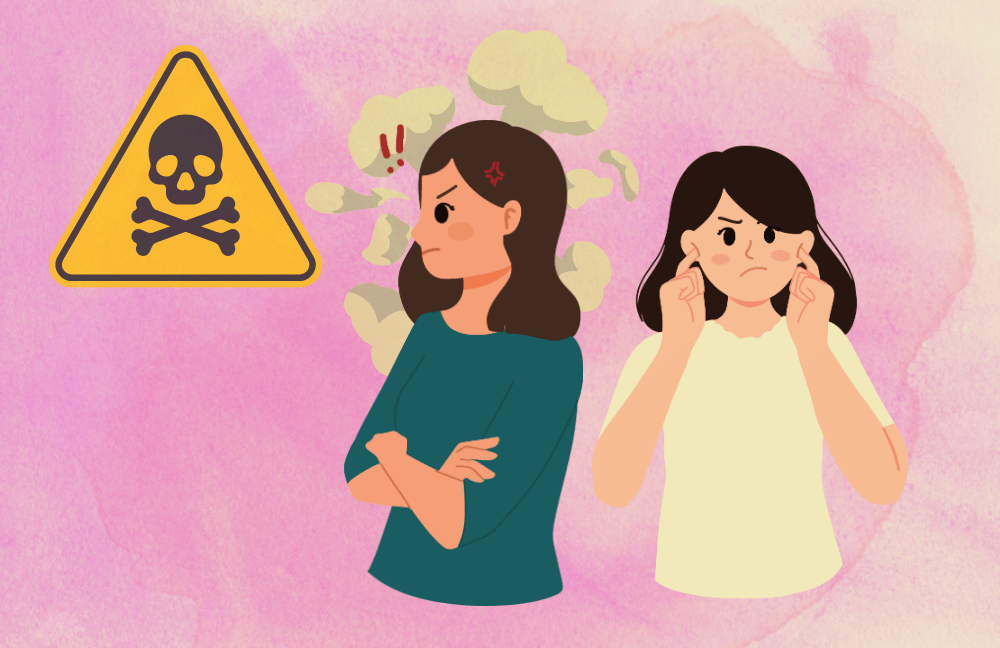
5 Ways To Deal With A Toxic Coworker
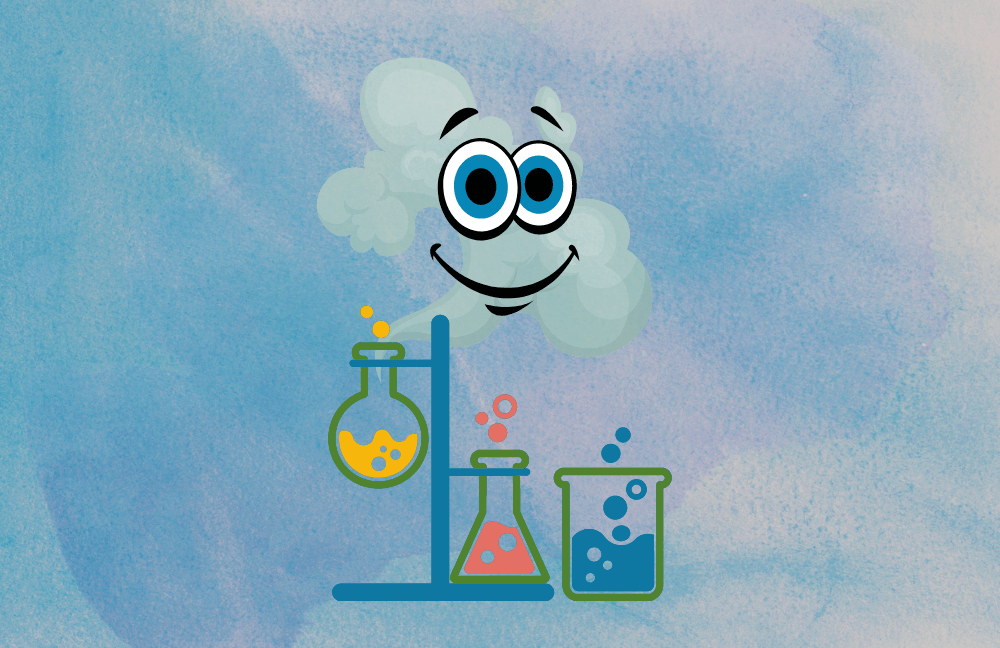
Science of Happiness: 1000s Of Years Of Research
